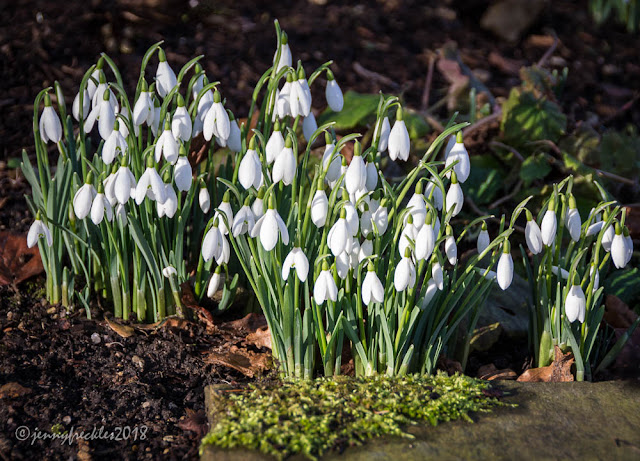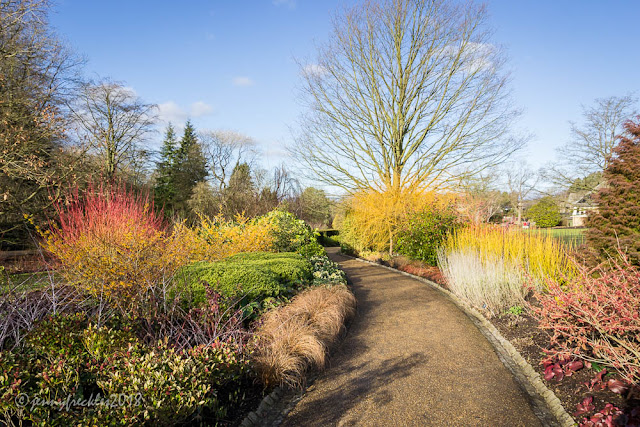I seek, wherever possible, to notice and photograph the beauty in the world... both where that is obvious and sometimes where it might be hidden. I suppose I try, in my own small way, to magnify and share beauty. There seems to me to be enough that is ugly and tough in this world, without adding to it.
A recent visit to Bradford city centre, however, has me breaking that self-imposed guideline, simply because what I saw breaks my heart. The ugliness I show above is Darley Street, once the heart of Bradford's retail centre.
There's a story behind it. I've lived in and around this area for many years, since I was a student at Bradford University in the very early 1970s. In those days (the 1960s and 70s) the city was full of imposing, some might say forbidding, Victorian architecture but it was also a time of great change, with many of the old buildings being demolished and modernist concrete blocks being erected in their place. The bottom of the city centre was where the main civic buildings were (still are) - plus a wonderful and rather classy department store called
Brown, Muff & Co and a concrete development that had replaced the Victorian Swan Arcade. A little higher up there were the chain stores: Boots, Marks and Spencer and such like, in and around a concrete mall called the Kirkgate Centre (where once had been a lovely Victorian indoor market). At the top of town there were other markets and stores.
There was a gradual decline in the traditional retail trade. A large department store on the northern edge of the city (Busby's) was an early casualty and then its building burnt down, replaced by a retail park. Brown, Muff and Co (taken over by House of Fraser in the late 70s) closed down in 1995. New shopping parks, more accessible by car, were built on the edge of town. Chain stores in the middle of town continued to get by, with smaller shops opening and closing all the time. The top end of town just about survives, thanks to the markets and an influx of new independents, many of them bars.
In the early 'noughties' (2000+), some of the concrete office buildings and shops in the lower end of town were demolished to make way for a new shopping mall. Unfortunately, the recession hit and work was halted, leaving a huge and literal hole in the lower part of the city centre. (See
HERE). It is only very recently that
The Broadway development has been completed, opened in 2015.
Many of the stores (like Marks and Spencer) simply relocated to The Broadway and closed their original shops. The predictable result is that now there is another 'hole', a figurative one in the middle of town, at the heart of the city centre. On the street where M&S used to be, there are literally now only two shops open, one of those being Specsavers. All the other premises are either empty or being temporarily used for community arts ventures. Last time I walked up that way I was shocked to see the decay and litter. This time, I was heartbroken; it is all so seedy and run-down. I really cannot see what can be done to rescue it. Pity poor Bradford...
Meanwhile, cosmopolitan Leeds gets bigger and better, as fashionable high-end shops (like John Lewis) continue to open there. I, like most of my contemporaries, much prefer to take the short train ride to Leeds to shop there. I feel like a traitor...





















































